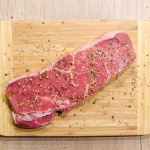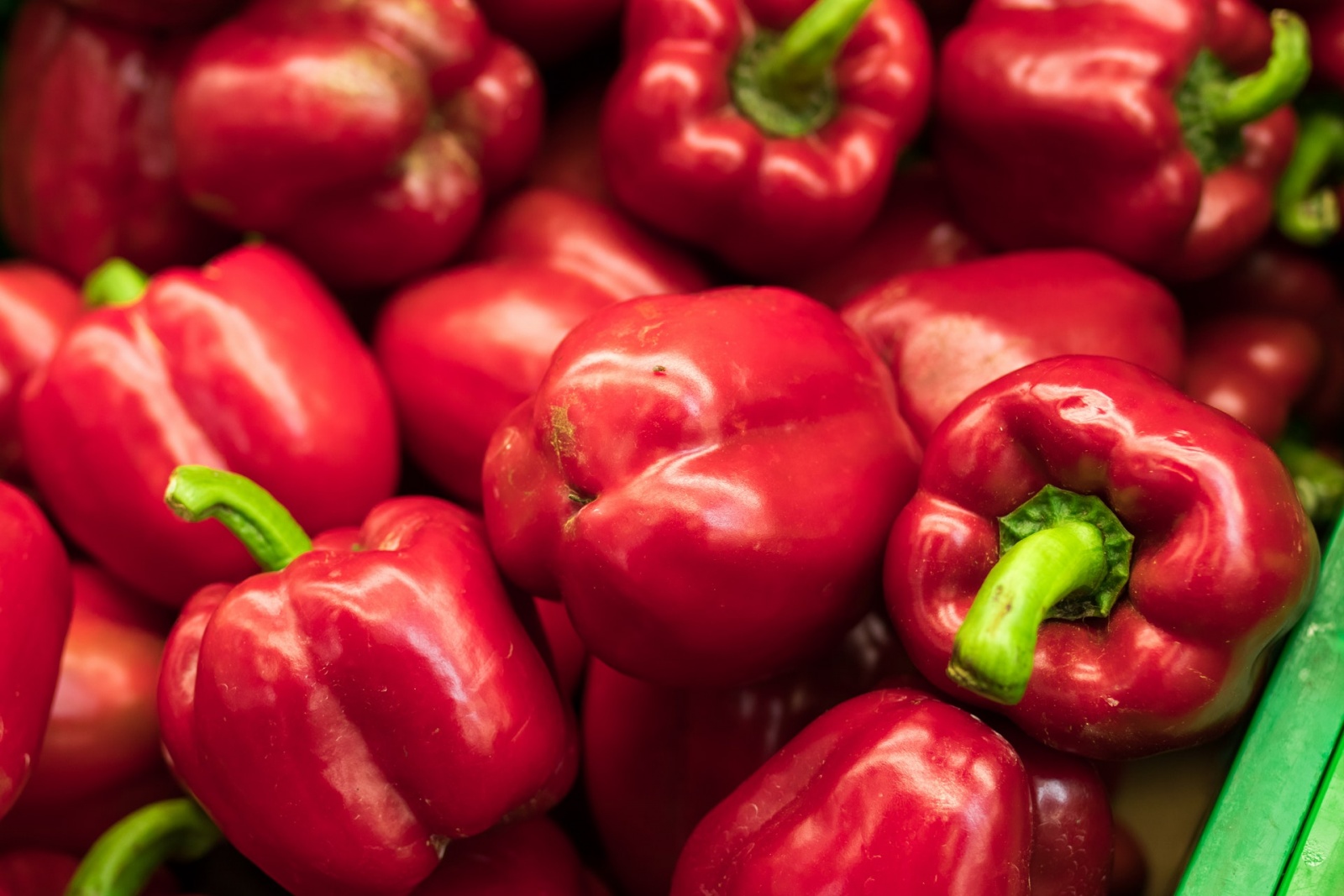Top of mind news
- Tackling Restaurant Crisis Situations One Bite at a Time
- Former Red Robin CEO Mike Snyder Dead at 68
- 5 tips to punch up December profits
- Burger King Looks To ‘Detour’ Folks On Way To McD’s
- Digestive health a top trend heading into 2019
The farm
Poultry
 Chicken production for the holiday week ending November 24th was down 22% from the prior week and 1.1% lower vs. the year prior. Not much has changed regarding producer margins and chick placements, as larger chicken production, coupled with increasing supplies of competing meats, continues to put downward pressure on the various chicken markets. Reductions in chick placements are expected to temper total chicken production in early 2019 and should foster price support. However, in the interim, lower chicken prices remain attractive opportunities for buyers heading into next year. Yet, recent history suggests that the chicken markets can still fade in the near term.
Chicken production for the holiday week ending November 24th was down 22% from the prior week and 1.1% lower vs. the year prior. Not much has changed regarding producer margins and chick placements, as larger chicken production, coupled with increasing supplies of competing meats, continues to put downward pressure on the various chicken markets. Reductions in chick placements are expected to temper total chicken production in early 2019 and should foster price support. However, in the interim, lower chicken prices remain attractive opportunities for buyers heading into next year. Yet, recent history suggests that the chicken markets can still fade in the near term.
Beef
 Following a modest revision downward, last week’s cattle slaughter was estimated at 640k head, posting the third time in the last five weeks that output was below a year ago. Packers are expected to boost beef production in the coming weeks to meet contracted beef sales for holiday deliveries. The USDA boxed-beef cutouts are expected to peak soon and fade into late-December. But the end cuts are anticipated to garner support next month and should provide support for the boxed beef cutouts in Q1. Lighter year-over-year carcass weights remain a big concern in relation to the earlier seasonal expectations. Expect lighter cattle to support the 50% beef trim markets into 2019, if not longer.
Following a modest revision downward, last week’s cattle slaughter was estimated at 640k head, posting the third time in the last five weeks that output was below a year ago. Packers are expected to boost beef production in the coming weeks to meet contracted beef sales for holiday deliveries. The USDA boxed-beef cutouts are expected to peak soon and fade into late-December. But the end cuts are anticipated to garner support next month and should provide support for the boxed beef cutouts in Q1. Lighter year-over-year carcass weights remain a big concern in relation to the earlier seasonal expectations. Expect lighter cattle to support the 50% beef trim markets into 2019, if not longer.
Pork
 Year-over-year increases on total pork production eased last week, as flat slaughter and lighter carcass weights pressured output 1% below 2017. The lighter pork production and additional post-Thanksgiving holiday demand tipped the USDA wholesale cutout higher. Pork bellies and even languishing ham prices found modest support. After declining sharply from the counter-seasonal late summer surge, 42% pork trim prices firmed in late-November. If African Swine Fever in China worsens from here, it will likely support pork prices in 2019.
Year-over-year increases on total pork production eased last week, as flat slaughter and lighter carcass weights pressured output 1% below 2017. The lighter pork production and additional post-Thanksgiving holiday demand tipped the USDA wholesale cutout higher. Pork bellies and even languishing ham prices found modest support. After declining sharply from the counter-seasonal late summer surge, 42% pork trim prices firmed in late-November. If African Swine Fever in China worsens from here, it will likely support pork prices in 2019.
The sea
Seafood
 The snow crab leg markets remain elevated. However, the high prices appear to be slowing feature activity and thus overall demand. The Alaskan Bering Sea snow crab harvest remains minimal with the bulk of the quota expected to be landed after the holidays. The quota this year is 50% larger than 2017-18 but is not near enough to normalize the overall supply.
The snow crab leg markets remain elevated. However, the high prices appear to be slowing feature activity and thus overall demand. The Alaskan Bering Sea snow crab harvest remains minimal with the bulk of the quota expected to be landed after the holidays. The quota this year is 50% larger than 2017-18 but is not near enough to normalize the overall supply.
The garden
Produce
 The lettuce markets remain elevated. The romaine lettuce recall in recent weeks has shortened the overall lettuce supply considerably. Romaine lettuce shipments are starting to improve but overall volumes could be erratic. Further, consumer demand for romaine lettuce could remain tepid for the foreseeable future shifting to other types of lettuce. This could dampen any lettuce market declines this month. The FDA is now requiring romaine producers to have the harvest location and date on all romaine lettuce cases.
The lettuce markets remain elevated. The romaine lettuce recall in recent weeks has shortened the overall lettuce supply considerably. Romaine lettuce shipments are starting to improve but overall volumes could be erratic. Further, consumer demand for romaine lettuce could remain tepid for the foreseeable future shifting to other types of lettuce. This could dampen any lettuce market declines this month. The FDA is now requiring romaine producers to have the harvest location and date on all romaine lettuce cases.
the kitchen sink
Dairy
 The CME cheese markets remain relatively depressed due in part to solid production and historically large stocks. October 31st U.S. cheese holdings were up 8.3% from the prior year and a record for the month. It was the smallest October drawdown since 2015. Further cheese price losses are likely in the near term but may be tempered due to solid exports. October butter holdings were 5.9% larger than 2017 but the drawdown during the month was the best since 1993. Over the last five years, the average move for spot butter prices during the next three weeks was down 11.1%.
The CME cheese markets remain relatively depressed due in part to solid production and historically large stocks. October 31st U.S. cheese holdings were up 8.3% from the prior year and a record for the month. It was the smallest October drawdown since 2015. Further cheese price losses are likely in the near term but may be tempered due to solid exports. October butter holdings were 5.9% larger than 2017 but the drawdown during the month was the best since 1993. Over the last five years, the average move for spot butter prices during the next three weeks was down 11.1%.
Grains
 The U.S. and China have agreed to a trade war cease fire which will continue for at least the next 90 days. As part of the agreement, China is supposed to start importing notable volumes of U.S. agricultural goods including soybeans. But ample U.S. soybean supplies could temper the upside in prices.
The U.S. and China have agreed to a trade war cease fire which will continue for at least the next 90 days. As part of the agreement, China is supposed to start importing notable volumes of U.S. agricultural goods including soybeans. But ample U.S. soybean supplies could temper the upside in prices.
Oil
 Natural gas prices have been volatile as of late but are still up a whopping 62.4% since July. Earlier than typical winter-like weather along with smaller year-over-year natural gas stocks are supporting prices. Still, history suggests that natural gas prices should seasonally peak during late-December or early-January.
Natural gas prices have been volatile as of late but are still up a whopping 62.4% since July. Earlier than typical winter-like weather along with smaller year-over-year natural gas stocks are supporting prices. Still, history suggests that natural gas prices should seasonally peak during late-December or early-January.





